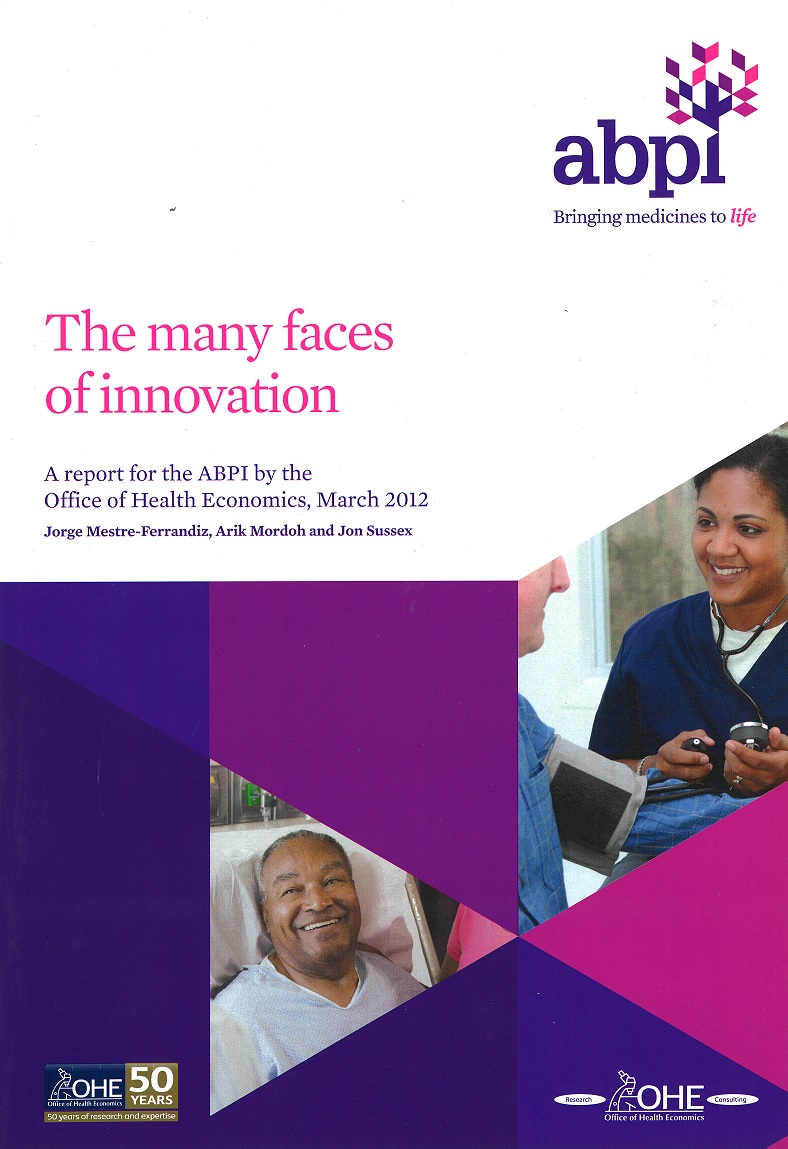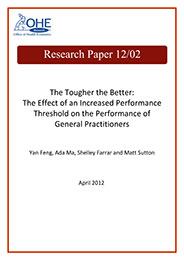Sign up to our newsletter Subscribe
The Many Faces of Innovation

Sign up to our newsletter Subscribe

Antimicrobial resistance (AMR) is becoming a major global public health threat and has begun to command attention from European and US policy makers. An initial focus on monitoring AMR and conserving existing treatments by cutting down on misuse has been complemented by moves towards addressing the paucity of new drugs in the R&D pipeline of the pharmaceutical industry.
In this paper, authors identify five economic challenges: the utilisation externality; the lack of incentives for R&D arising from use restrictions, low prices, and scientific and regulatory challenges; the global joint sunk nature of R&D cost; the need for access to drugs in middle and low income countries; and failures in the market for point of care diagnostics. Recommended is a hybrid combination of “push” and “pull” incentives: higher prices linked to targeted use with diagnostic tests and/or an AMC-based “prize” for registering (but not necessarily using) desired new drugs, linked also to push measures.
The authors see US and European collaboration on incentives as desirable, but not if achieving agreement leads to delays. Action on conservation needs to be global and linked to use of new products. TRIPS provisions and national sensitivities on this issue present serious challenges, as seen in the 2010 reaction to evidence on the origins of NDM-1.
A revised version of this paper has been published in International Journal of the Economics of Business and can be downloaded from: http://www.tandfonline.com/doi/abs/10.1080/13571516.2011.584434
Please cite as: Towse, A. and Sharma, P., 2011. Incentives for R&D for new antimicrobial drugs. International Journal of the Economics of Business, 18(2), pp.331-350.
An error has occurred, please try again later.
This website uses cookies so that we can provide you with the best user experience possible. Cookie information is stored in your browser and performs functions such as recognising you when you return to our website and helping our team to understand which sections of the website you find most interesting and useful.
Strictly Necessary Cookie should be enabled at all times so that we can save your preferences for cookie settings.
If you disable this cookie, we will not be able to save your preferences. This means that every time you visit this website you will need to enable or disable cookies again.
This website uses Google Analytics to collect anonymous information such as the number of visitors to the site, and the most popular pages.
Keeping this cookie enabled helps us to improve our website.
Please enable Strictly Necessary Cookies first so that we can save your preferences!